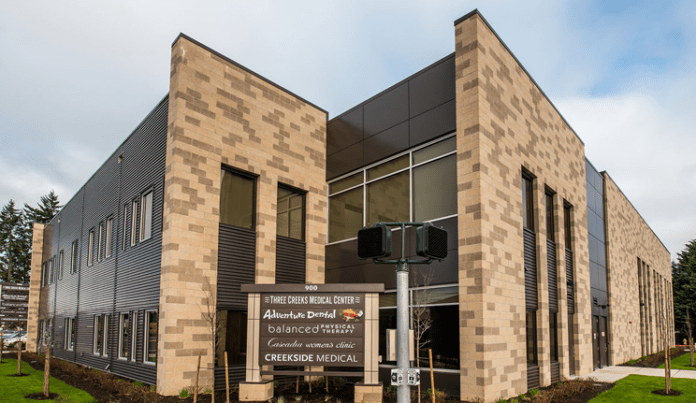The Board of County Councilors has voted to terminate the county’s fee waiver program at year’s end.
The Tuesday decision means that commercial developers now have until 3 p.m. on Friday, December 30 to apply for projects now eligible for the waivers.
Established in 2013, the county’s fee waiver program applies to commercial and retail projects, and covers traffic impact fees and the cost of processing applications, conducting inspections and more.
Council Chair Marc Boldt stated that the board has been looking at the program for the last few months, and held a “good working session” a few weeks ago. Based on that session, he said the board anticipated ending the program, at least in its current form.
The working session, said Boldt, highlighted three problem areas. First, he said, the program seems to provide significant benefits only to projects that involve moving into an existing structure. Second, the lack of TIFs hurts the county’s transportation funding – he said it is difficult to get the Legislature or the State Transportation Committee to give the county money for Discovery Corridor projects when they see that the county is not doing its part by collecting TIFs. Third, continued Boldt, residential construction is paying more than their fair share of fees.
Marty Snell, Community Development director, said that a review of project data showed that for some project types, such as drive-through coffee shops, gas stations and mini-storage facilities, it can be decades before there’s a payback of waived fees. He said that he’s had discussions with some local developers who want the program “dialed back,” not deleted entirely.
Jamie Howsley, contract government affairs director for the Building Industry Association of Clark County (BIA) said the program “has been a raw deal for residential construction – residential construction should not be subsidizing commercial development.”
Howsley admitted that while the program had some successes, there have also been some distortions. For example, he said, one project would take more than 114 years to pay back the fee waiver.
From the BIA’s perspective, said Howsley, if there was a rapid decline in residential construction, the fee waiver program “would bankrupt Community Development and the road fund” and the number of Community Development staff devoted to “non-paying projects” has significantly slowed the residential project permitting process.
“People are asking us to get the wait time down instead of decreasing fees – time is more valuable than a few thousand in fees,” said Boldt.
Howsley also pointed out that 70 percent of the growth that has occurred in the county has been in incorporated cities – this growth would have occurred regardless of the fee waiver program.
Ron Frederiksen, chairman of RSV Building Solutions, said “We’ve waived a lot of fees and it has hurt the county – I see that.” But, he countered that “TIFs are huge and represent a lot of money that keeps people from making their budgets work.”
He pointed to RSV’s Three Creeks Medical Center project as an example, where the appraised value was very near total project costs. According to Frederiksen, the TIFs, which would have been several hundred thousand dollars, would have stopped the project.
Frederiksen is of the opinion that this type of project (owner-occupied real estate) is the best candidate for a fee waiver program. Such projects, he said, encourage business owners to move here, invest in their – and the county’s – future, and put down roots.
“At Three Creeks,” said Frederiksen, “four medical groups owned by local businessmen own the buildings – this is where they are going to work for the rest of their careers probably. If they were leasing for five years, the nature of the investment wouldn’t have been as lasting.”
Frederiksen said that he “totally supports Marty Snell and Community Development” and realizes that they need staffing and more resources. Therefore, he supports restructuring the program, resulting in a partial waiver where permitting-related fees are not waived but TIFs continue to be waived for owner-occupied projects.
Snell pointed out that the program data doesn’t necessarily support a “cause and effect” relationship between the fee waiver program and county growth.
“One of the things we’ve had difficulty with is getting good data from the application, and getting good data from our own available resources,” said Snell. “There’s a lag effect on property tax increases and valuation increases.”
He also pointed out that until recently, Community Development hadn’t had much stakeholder input in the design of the fee waiver program, and that he welcomed the chance to work with the board.
A task force has been appointed by the Board of County Councilors to study program alternatives.



